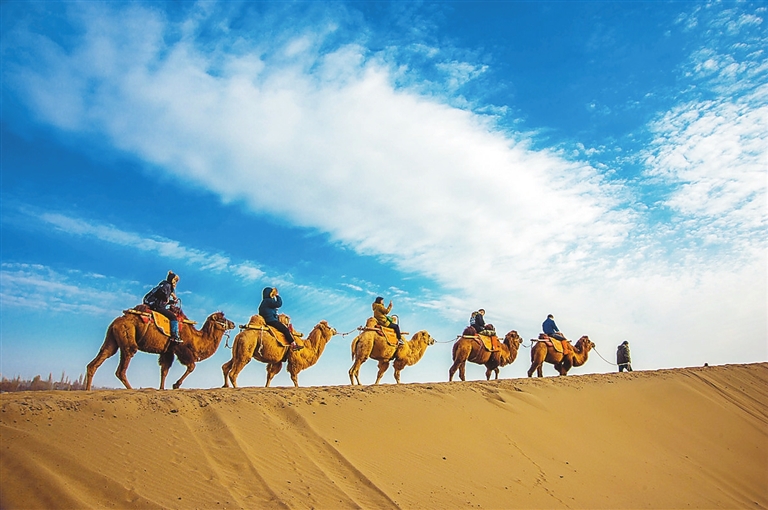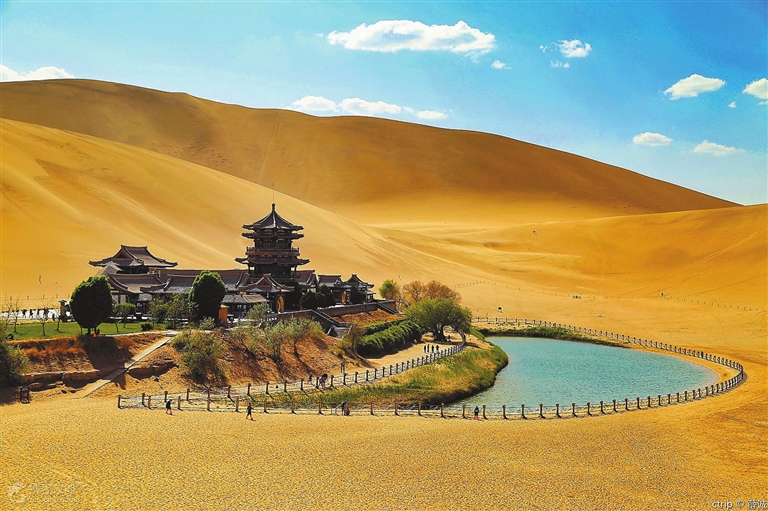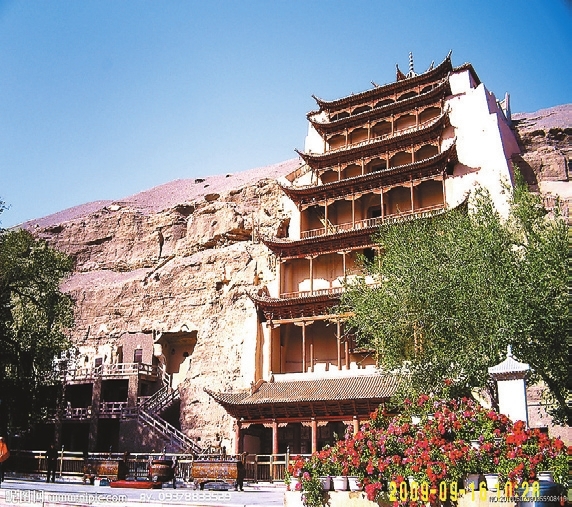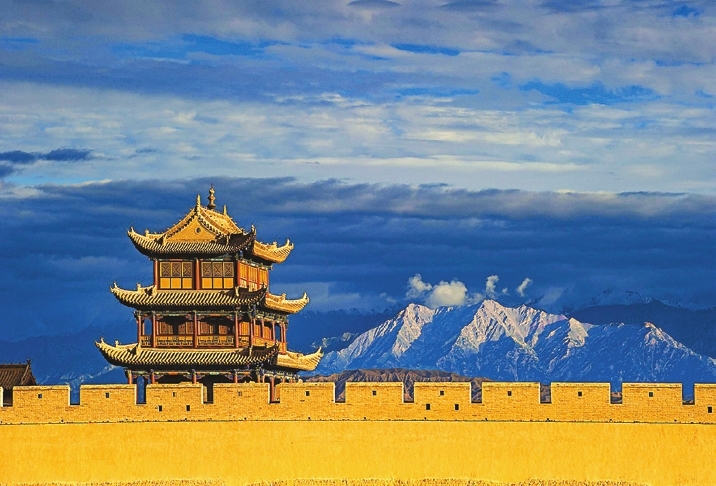



HOW can one spend less while still getting the best possible travel experience? This question has come to mind for many travel lovers. However, if you are no longer a student, full-price tickets to tourist sites during peak travel seasons can amount to a large expenditure. If saving money is the name of the game, then the lower-volume winter travel season marks the best time to see North China. Sure, it will be colder, but the crowds will be lighter and, for the most part, you can still do everything you would have done during the summer’s peak tourist season. Culture trip to Gansu Located in China’s northwest region, the geographically slender province of Gansu flows east to west along the Hexi Corridor. Synonymous with the Silk Road, the province is home to diverse sites of interest including the Gobi Desert and its dry airborne sands as well as dreamy flower seas, jade-green lakes, splendid mountains and imposing Buddhist grottoes. The tourism off-season in Gansu starts after the National Day holiday and lasts till May 1st of the next year. The province’s natural landscapes might not be as captivating during the winter, (in a way, the snow-capped scenery adds a little extra magic to the trip for some people), but its cultural landscape still possesses great charm. Mogao Grottoes at Dunhuang The Mogao Grottoes, also known as the Thousand-Buddha Caves for its numerous Buddhist artifacts, are located on the eastern foothills of Mingsha Mountain, 25 kilometers southeast of the town of Dunhuang. The site is one of the largest, best-preserved and richest treasure houses of Buddhist art in the world. The first cave was built by a traveling monk, Le Zun, in 366. Seven-hundred and thirty-five caves dug out of a 40-meter-high cliff face stretching 1,700 meters long from south to north still survive today. The grottoes contain approximately-45,000-square-meter wall paintings, more than 2,000 painted sculptures and five wooden temple facades from the Tang (618-907) and Song (960-1279) dynasties. The low-traffic season at this tourist site lasts from the beginning of November to the end of April the following year. There are a lot of benefits to coming during the off-peak season for travelers who come from all over. First of all, entry tickets will cost nearly half of the original price, and you can visit more grottoes during this period than during the normal season. And as there are fewer visitors, you’ll be able to learn more from tour guides. Tickets: Peak season: 238 yuan; Low season: 140 yuan Hours: Low season:9 a.m.-5:30 p.m. Jiayu Pass Jiayuguan City, a prefecture-level city in northwestern Gansu, is named after the western terminus of the Ming Great Wall: Jiayu Pass. The only city that combines both Great Wall and Silk Road culture, Jiayuguan has both natural beauty and cultural heritage. Located in the southwest of Jiayuguan City, Jiayu Pass is the starting point of a section of the Great Wall built during the Ming Dynasty (1368-1644). It’s not only the western end of the Great Wall of the Ming Dynasty but also a vital passage on the famous Silk Road, which was first built in the fifth year of Hongwu’s reign (1372) in the Ming Dynasty. It gets its name from the fact that it is built at the foot of Jiayu Mountain. Other important sites in Jiayuguan City include the closest glacier to any metropolitan area in Asia, Qiyi Glacier, and the Overhanging Great Wall, also known as the “Badaling of the West.” Tickets: Peak season: 120 yuan; Low season: 100 yuan Hours: Peak season: 8 a.m.-8 p.m.; Low season: 8 a.m.-6 p.m. Mingsha Mountain and Crescent Lake Once arrived at Gansu, do remember to visit Mingsha Mountain and Crescent Lake as well. Mingsha Mountain (or Singing Sands Mountain in English) is made up of windswept dunes while Crescent Lake is a desert oasis named for its shape. Mingsha Mountain is named for the noise made by its sands when people slide down them in sand sled carts. The mountain is 40 kilometers long east to west and 20 kilometers wide south to north with an elevation of 1,715 meters at its main peak. Mingsha Mountain has many steep cliffs and blade-like ridges. When someone slides down the sands, a drum-like sound is made, which can be as quiet as soft music or as loud as thunder. Crescent Lake is 6 kilometers south of Dunhuang in Mingsha Mountain and is quite literally an oasis in the desert. Although the area is arid, the pool doesn’t dry up as one might expect. Tickets: Peak season: 120 yuan; Low season: 80 yuan Hours: 7:30 a.m.-6 p.m. all year round (Chen Xiaochun) | 
